Indepth: Navigating the youth entertainment genre – the pitfalls to avoid
When it comes to demography, India is a young country, with over 50 per cent of its population below the age of 25 years and more than 65 per cent of the population below the age of 35 years. This is a sizeable population that has a significant impact on every sphere – from brands to banking to content & media consumption to marketing and spending.
This is a generation that is digital savvy and leading the digital and social media movement in India. The Indian Readership Survey 2017 data also reveals a healthy growth in young readership base.
However, this growth story is not without some hiccups. We recently saw Star India shut down its youth entertainment channel Channel [v] due to low TRPs and it is assumed that very soon it will replaced by a sports channel.
The youth genre on television is a space that has lots of potential, but are the broadcasters doing enough to leverage that potential and build a greater connect with the youth TG? What are the challenges that this genre faces? Where did Channel [v] flounder? What does the road ahead look like? Adgully spoke to a cross-section of leading industry experts to explore these questios and more…
Growth of the youth entertainment genre
Cyrus Oshidar, MD & CCO, 101India, observed that India is one of the youngest nations in the world. According to him, the youth today can see how kids are growing up around the world and question their own status quo. They are not dependent on brands and platforms to give them what they want; they carry their screens in their pockets and create their own experiences. Brands today are left to play catch up.
Agreeing with this, Vivek Srivastava, Executive Vice President & Head Entertainment Cluster, Times Network, remarked, “I think the youth demographic in India is very huge and the newer viewers are also well educated and they know what to do. Although they have enough entertainment options, they decide that what they want to consume and where they want to consume.”
On a different note, Divya Radhakrishnan, Managing Director, Helios Media, felt that as of now the youth genre was loosely defined as music, which, she felt, was very biased. “Hence it’s only the performance of music channels that go on to define the category growth, which is stagnant now,” she added.
Shailesh Kapoor, Founder & CEO, Ormax Media, commented, “Youth entertainment is a very niche category. There’s enough content targeting the youth on mainline GECs, and hence, the youth GEC proposition is not a valid consumer proposition.”
How can youth entertainment channels build a greater connect?
While maintaining that in today’s age, creating original content to run a youth channel was not a profitable proposition, Ormax Media’s Kapoor noted, “You have 2-3 programmes from a sales or positioning perspective, for example, ‘Roadies’ on MTV, but in order to keep the channel profitable, you have to look at music as the core content. Otherwise, the costs can escalate and the returns will never measure up.”
Radhakrishnan, too, felt that youth entertainment should be platform agnostic with a strong basic of toeing the line of the demands of the medium. “One can safely assume that the youth are near totally connected with their communication device. There is a strong need to create content where each of the platforms can talk to each other,” she affirmed.
For Cyrus Oshidar, the mantra was very simple mantra – listen to the audiences and not the marketing managers.
The content that the youth consume
According to Oshidar, the Indian youth carry the double helix of modernity and traditions (over 75 per cent of Indian youth are conservative-liberals) and this duality reflects in their choice of entertainment. “From flea markets, love jihad, #Virushka and slam poetry to the Babri Masjid debate, the Padmaavat controversy, Shah Rukh Khan and the Star Wars franchise… if it catches their fancy then it is content. Their interests are as diverse as the country they live in. Within the youth entertainment genre are multiple content pockets (Fashion, Gaming, Food, Religion-Politics, Travel, Bollywood, Cricket, etc.) and each of these pockets are finding their own platforms and by doing so, growing in all directions,” he pointed out.
According to Shailesh Kapoor, non-fiction, comedy and love stories are the three primary content types with higher youth appeal.
The areas that Channel [v] couldn’t capitalise on
For Divya Radhakrishnan, youth does not necessarily constitute just the upmarket urban. She noted that youth is a large population that is young in age and is full of aspirations and dreams, with a zeal for achievement, and this spirit cuts across all socio-economic classes. “So, if you are a truly youth entertainment channel, then the outreach via content needs to be wider. Interactivity – irrespective of where they are located, they are seeking to interact and engage with content – that aspect was totally missing in the case of Channel [v] as it continued to be a one-way flow like the earlier days,” she observed.
Echoing similar views, Shailesh Kapoor maintained that running a channel on original programming – be it fiction or non-fiction – involved different levels of business operations and costs, compared to running a channel with secondary content, such as movies or music. According to him, Channel [v] did well with original content for a while, but in a cluttered market, it becomes difficult to sustain viewership, especially when the content is not targeting the entire family in a single-TV dominated country.
An industry expert, on the condition of anonymity, remarked that more than MTV and Bindass, Channel [v] was well placed to represent the emergent millennial generation. The expert noted, “Channel [v] had extremely strong niche plus premium franchises built over the years that it just threw away to build massy fiction programming.”
The expert listed some of the key and noteworthy content of Channel [v]:
- ‘Get Gorgeous’ pre-empted lifestyle reality shows and was a force to reckon with. Given the big bucks that e-commerce, etc., spend today on that content, the show would have been a flagship for the channel.
- ‘Launchpad’, ‘Big [v] Concert’ and other live properties made Channel [v] really strong in the Indie/ alternative music space. They were bigger than Sunburn and NH7 several years earlier and would have dominated the scene today at the level of international festivals.
- The channel had shown growing dominance in the campus space. The ‘India Fest’ was a very solid property that died prematurely because it was treated like a GEC property, with an emphasis on celebs to get numbers. It would have had been a terrific proposition today.
- It had figured out social media before other channels had even heard of it, but it failed to capitalise on building web/ social properties, allowing MTV to monopolise that market. It had even built inroads into comedy talent before it had hit TV.
Along with these, the expert also mentioned some red flags that Channel [v] failed to recognise and thus ended up having low TRPs:
- Over-reliance on research and numbers to provide the answers. Research reflects the current audience tastes, but can’t predict innovation. For a brand built on innovation, the direction obtained from data was like driving by seeing the rear view mirror.
- Thinking that because ‘youth’ is a vast TG, a niche attitude-driven channel could become massy by just changing programming. For a channel like that, the branding of the ‘bucket’ is way more valuable than the content in the long run. By ignoring the DNA of the brand in making the mass move, the channel lost its most precious asset (TVF and Qtiyapa are good examples of massy, but driven by strong DNA).
- The pointless relaunch last year. At a time when Bollywood music was already moving to YouTube, and so was the youth audience, they relaunched the channel as a confused, mixed language music video channel. Ultimately, the effort could have been utilised to launch a web property like Filtercopy or a broader version of Homegrown that could have represented the emergent interests of youth really well.
- Many programming calls taken were not in the interest of the business, but helped build profiles of individuals.
Cyrus Oshidar quipped, “I think these would be best answered by Channel [v]. There are many reasons why businesses fail – from the loss of key people, to poor strategic choices, to smarter competition, but I would not like to hazard a guess. There may be multiple reasons.
The challenges in the youth entertainment space
Shailesh Kapoor feels that the GECs pose a direct competition to the youth entertainment channels as it is difficult to match the scale and budgets of a GEC show.
Divya Radhakrishnan, on the other hand, felt that getting multiple platforms that the youth are on to integrate with each other was a big challenge.
For Cyrus Oshidar, the challenges are the diverse content preferences, an extremely cluttered environment (with local, national and global players) and the emergence of multiple entertainment options.
He added, “The only way forward that I can imagine is for content creators to adapt to the Indian social fabric and invest in more tailored content. To experiment beyond the usual formats and clichés to create nuanced content; as there will never be a blanket, one-size-fits-all for this segment of the audience.”
Giving Times Network’s perspective, Vivek Srivastava said, “From our side, the strategy would be to be content led, distribution led, and have a distinct presence in the market. Thus, we have both television and digital content. Our strategy is to become a destination or a brand that can provide different things. We have a very simple mantra – whatever content we deliver, it should be for everybody. We don’t differentiate between content buckets. There are audiences for every piece of content as long as you do it right. The only do’s is that we don’t take our audiences for granted and treat them like our people.”
To Read more Indepth Stories Click Here.






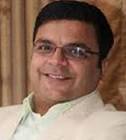

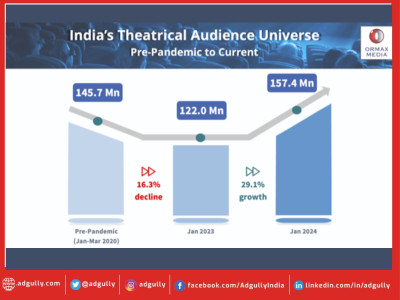
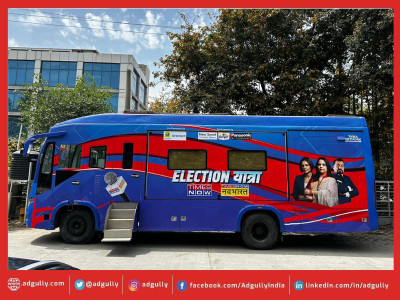
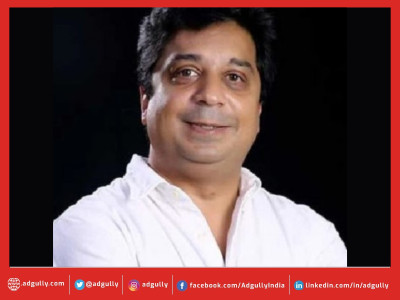

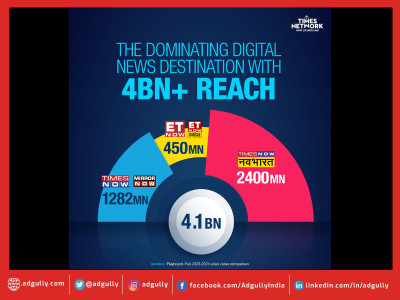

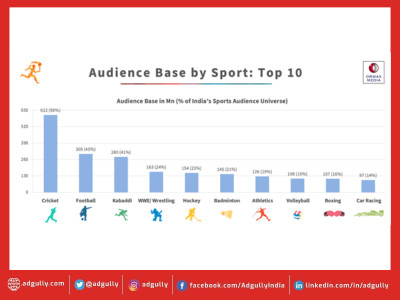




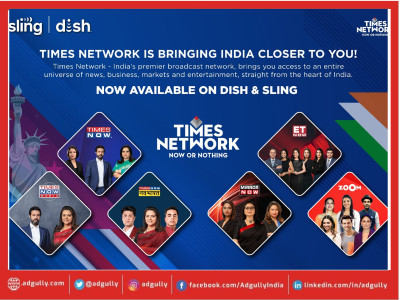


Share
Facebook
YouTube
Tweet
Twitter
LinkedIn